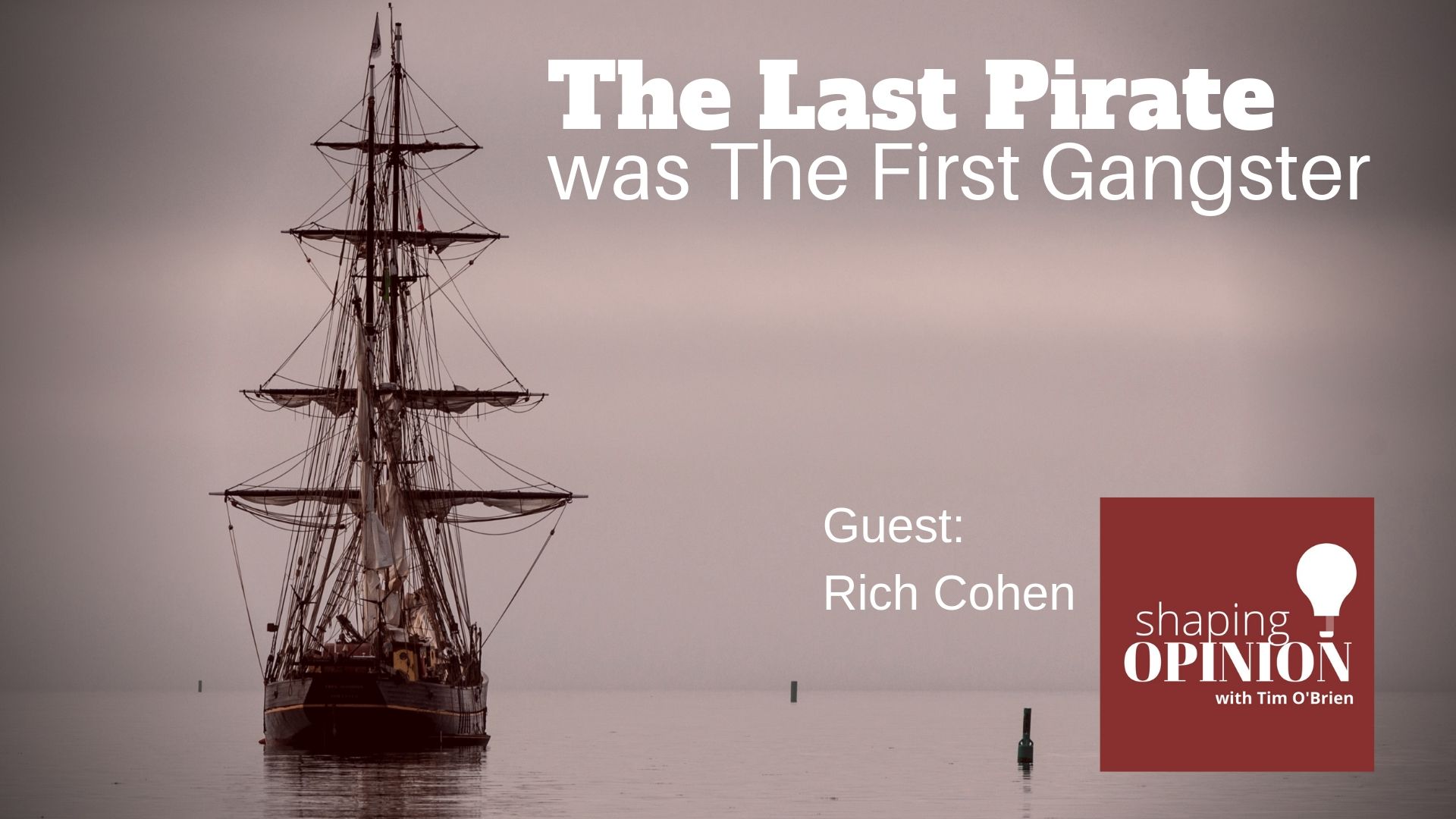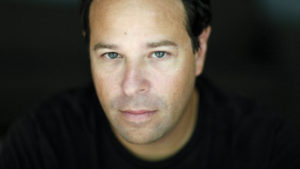Author Rich Cohen joins Tim to talk about his latest book called The Last Pirate of New York. As the title would suggest, it’s about the end of the days of pirates in New York, and the birth of the celebrity gangster, all in the story of one man, Albert Hicks and the grisly case in 1860 that changed the way Americans saw crime.

In the 1990s John Gotti was the face of organized crime in New York, following a long tradition of gangsters in the Big Apple.
Long before him, there was Lucky Luciano and Tammany Hall.
But where did it all get started? And who started it all?
These are the kinds of questions that were on the mind of Rich Cohen as he dug deeper and deeper into New York’s organized crime history. The end result was his book, “The Last Pirate of New York: A Ghost Ship, A Killer, and the Birth of a Gangster Nation.”
The Scene on March 21, 1860
A boat adrift. The crew of the J.R. Mather saw it when the boats crashed into each other. Saw a darkened, lifeless boat but had to get back to port to fix their own damage quickly. Another boat came upon it less than an hour later. That boat was the Telegraph. They boarded the boat.
The EA Johnson (an oyster sloop) was found on March 21st 1860. It was floating in New York’s Lower Bay off Brooklyn. Its foresails were torn off during a predawn collision with the J.R. Mather.
The scene was grisly. The crew had vanished, but down in the cabin, the crew found ax marks in the ceiling and the floor, a sailor’s shirt with slash marks from a knife, and drawers and closets ransacked.
Pools of blood ran from beam to beam as the ship swayed in the waves. Blood was everywhere. The Police detectives would find four amputated fingers and a thumb still clinging to the starboard rail.
Newspapers and Public Reaction
Word of mouth was extremely powerful and fast at that time. Word would spread through the ship crews and in the taverns and tenements.
The shipyards and maritime life was centered in what is now the Financial District.
The major newspapers that covered the crime were the New York Herald, New York Sun, Brooklyn Daily Eagle and the New York Times.
The police followed the perpetrator’s trail to him. Albert Hicks was described as stalky and strong and handsome. He was also described as having an unsettling look in his eyes.
He was an alcoholic. Known as aloof and a mean drunk. He had a wife and a son who did not know of his alternate life.
He was a career criminal known as a “pirate.” He would admit to committing crimes from New Orleans to Hawaii, always coming back to New York.
He used an alias which was “William Johnson.”
The Trial
He was held in a large prison building called the Halls of Justice, but they were better known as the Tombs because they resembled the tombs of the ancient Egyptians.
Corruption was rampant. Some prisoners had it pretty good thanks to bribes to the warden and jail guards. Hicks didn’t have it that good.
The trial at U.S. Circuit Court on Chambers Street drew standing room only crowds. Hicks became a prototype of an American archetype – the celebrity gangster.
The U.S. marshal detaining Hicks at The Tombs prison was a corrupt politician and gambling kingpin who also ran the toughest gang in Five Points.
Hicks confessed to stealing $150 in gold and silver coins; $26 in money; a watch from the captain and some clothes.
After being found guilty and sentenced, Hicks was executed on Bedloe’s Island. That island is better known as Liberty Island today, where the Statue of Liberty now stands.
Links
- The Last Pirate of New York, by Rich Cohen (Amazon)
- A Walking Tour of New York, Circa 1860, Accompanied by the Last Pirate, Vulture
- “The Last Pirate of New York” Review, Wall Street Journal
About this Episode’s Guest Rich Cohen

Photo Credit: Pascal Perich
Rich Cohen is the author of the New York Times bestsellers Tough Jews, The Avengers, Monsters, and (with Jerry Weintraub) When I Stop Talking, You’ll Know I’m Dead. He is a co-creator of the HBO series Vinyl and a contributing editor at Vanity Fair and Rolling Stone and has written for The New Yorker, The Atlantic, and Harper’s Magazine, among others. Cohen has won the Great Lakes Book Award, the Chicago Public Library’s 21st Century Award, and the ASCAP Deems Taylor Award for outstanding coverage of music. His stories have been included in The Best American Essays and The Best American Travel Writing. He lives in Connecticut.




